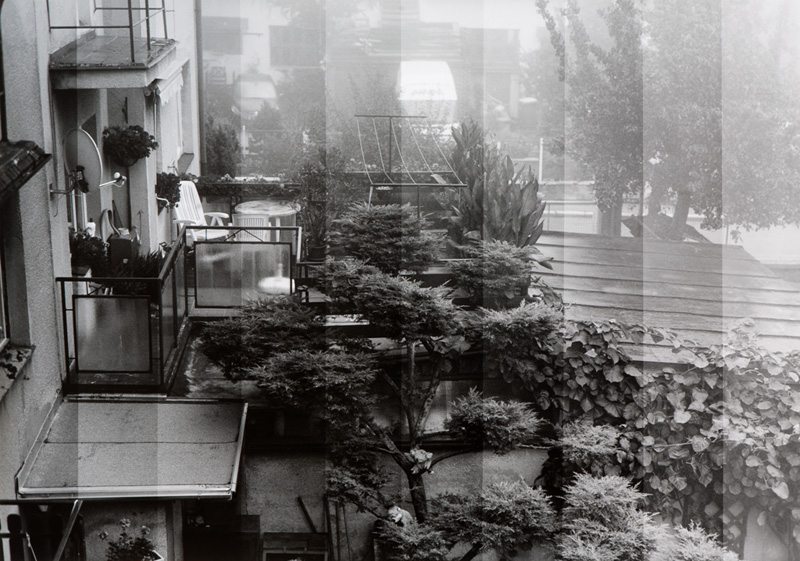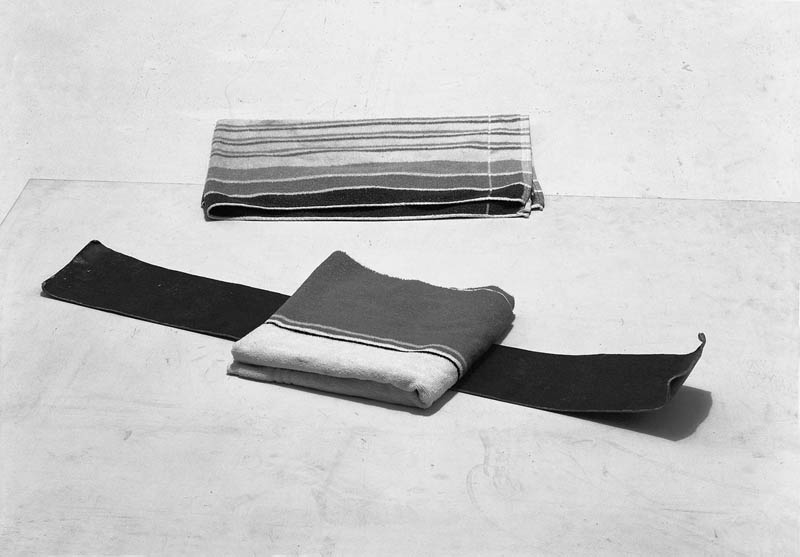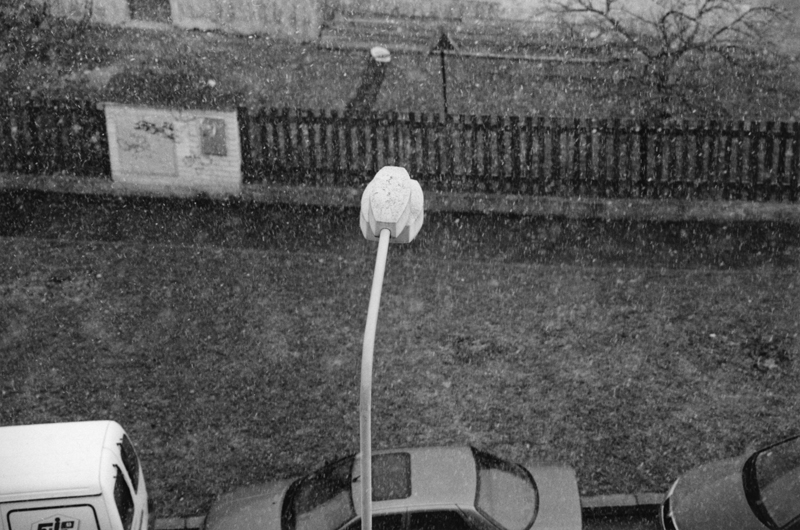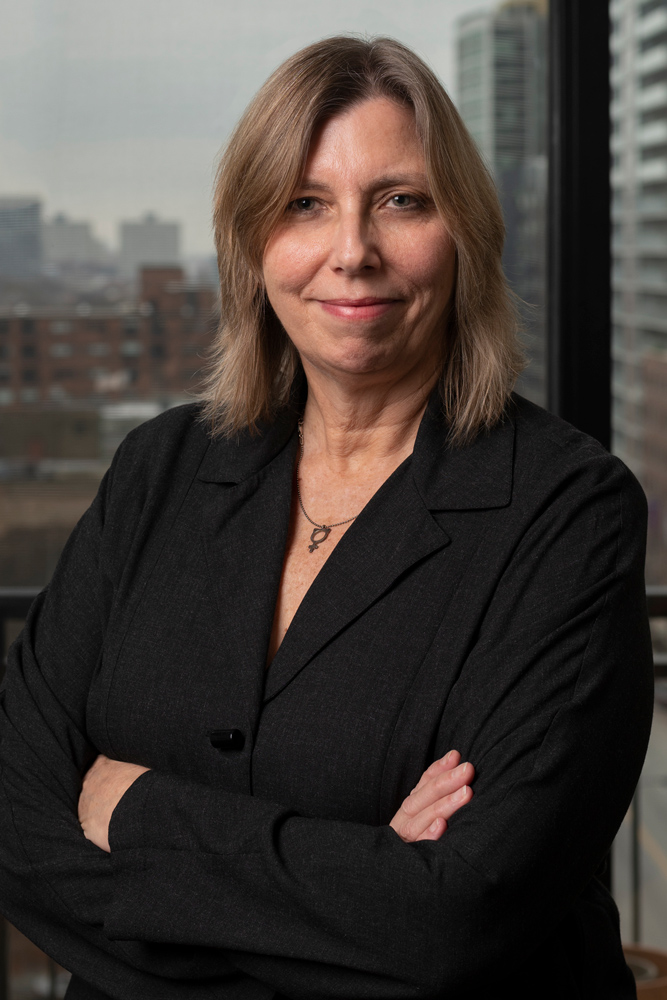50% Grey: Contemporary Czech Photography Reconsidered at the Museum of Contemporary Photography, Chicago (Exhib. Review)
50% Grey: Contemporary Czech Photography Reconsidered, Museum of Contemporary Photography at Columbia College, Chicago, January 29, 2010—March 28, 2010.
In 1999, ten years after the fall of the Berlin Wall, Piotr Piotrowski described the former East as “the grey zone of Europe.” “There is no doubt that the historico-geographical coordinates of Central Europe are in a state of flux,” he writes, “that we are experiencing both historical and geographical transformation, that we are between two different times, between two different spatial shapes.”(Piotr Piotrowski, “The Grey Zone of Europe,” After the Wall: Art and Culture in Post-Communist Europe (Stockholm: Moderna Museet, 1999), p. 36.)
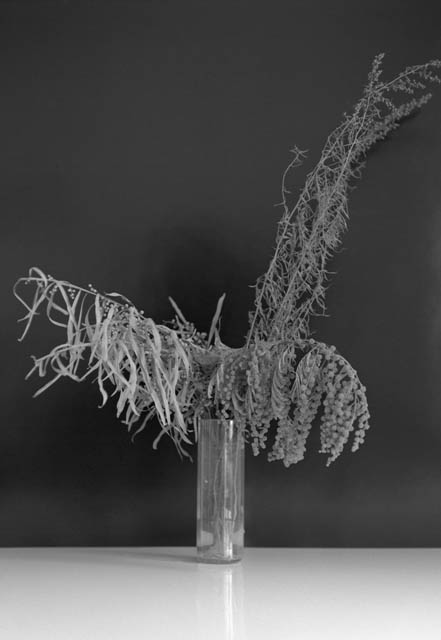
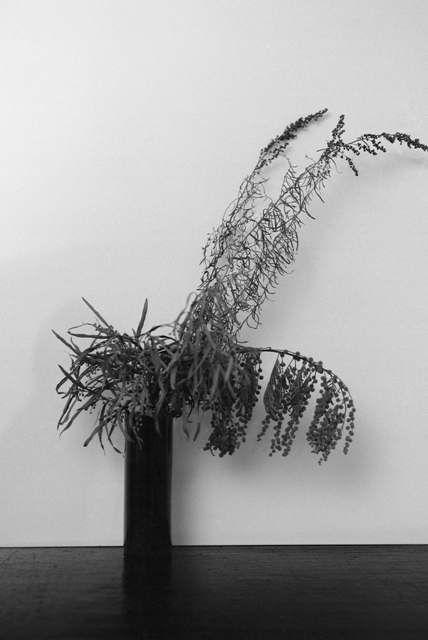 50% Grey: Contemporary Czech Photography Reconsidered is co-curated by Karel Cisar, an independent curator in Prague, and Karen Irvine of the Museum of Contemporary Photography. The exhibition situates current strands of Czech photographic practices within this “grey zone,” exploring the conceptual and geographic spaces of being in-between. Works by Stepan Grygar, the collaborative duo Lukas Jasansky and Martin Polak, Markéta Othová, Michal Pechoucek, and Jiri Thyn are positioned within a trajectory that connects them to Czech photographers of the classical avant-garde, whose innovative works were on display in a separate show on the third floor gallery.
50% Grey: Contemporary Czech Photography Reconsidered is co-curated by Karel Cisar, an independent curator in Prague, and Karen Irvine of the Museum of Contemporary Photography. The exhibition situates current strands of Czech photographic practices within this “grey zone,” exploring the conceptual and geographic spaces of being in-between. Works by Stepan Grygar, the collaborative duo Lukas Jasansky and Martin Polak, Markéta Othová, Michal Pechoucek, and Jiri Thyn are positioned within a trajectory that connects them to Czech photographers of the classical avant-garde, whose innovative works were on display in a separate show on the third floor gallery.
United by a penchant for working mainly in black and white and with more traditional darkroom printing techniques, as opposed to more digitizedprocesses, these artists reflect upon the medium itself, using traditional technologies whose potential, the curators argue, have not been exhausted. In several works, everyday images, including street scenes, still lifes, and various interiors record aspects of place, yet are divested of any symbolic meaning in compositions that occupy a nebulous space between abstraction and representation. Thus, photography becomes a material, conceptual expression instead of a documentary one.
While Piotrowski provides a political metaphor for contextualizing these artists’ works, the exhibition’s title is actually taken from the series 50% Grey (2009) by Thyn, examples of which are included here. Two gelatin silver prints from the subseries Untitled/Test Strip, a plant-filled courtyard and a female nude, are composed from vertical test strips, a zone system created by Ansel Adams in which film is exposed for “middle grey” to achieve the best image values between black and white.(See text by Karel Cisar and Karen Irvine from the brochure that accompanied the exhibition.) In the photo installation Positive-Negative, also from the same series, Thyn reduced photography to its basic elements: glass negatives silk-screened with colorful patterns and black-and-white photograms made from the same negatives, which were then placed side by side on shelves attached horizontally to the wall. Other works, such as three untitled C-prints depicting the artist’s worktable and 4 Corners of the Hilton Hotel (2007-08), in Prague, emphasize the geometry of each scene.
In their well-known, black-and-white series Abstractions (1994-96), Jasansky/Polak similarly reduce simple objects—like a plaid seat cushion, a metal toolbox, a potato, or two dishcloths—to their basic formal essence. Shot in extreme close-up and in a straightforward style that has become the artists’ trademark, these objects are distilled from their domestic origins and reside in the realm of the nonobjective. The same strategy is applied to the twenty-five works from their more recent series Brussels Sprouts (2007). The artists were invited to make a public work for the European Parliament in Brussels. However, they instead opted to photograph their existing art collection, mainly gifts from other countries. Shot with a cool, distant eye, the artists edit the nationalist content from the works in the Parliament’s collection; yet, this position of aesthetic neutrality is, in itself, a political act.
Othová’s photographs share certain affinities with those of Jasansky/Polak, in which quotidian objects become studies in form and visual perception. Often working in a serial format, Othová pairs similar or related images, creating oppositional plays not unlike Thyn. In one untitled work, a light-hued floral still life is presented against a dark backdrop, in tandem with an image of the same still life rendered in dark hues against a light backdrop. In Lecon de photographie (2007), a simple white box is shot within a shallow white field in a series of seven gelatin silver prints stacked vertically. There appears to be little variation, except for the changing position of the box’s lid. Shunning any interest in photography as a record of reality, Othová reveals, instead, the varying and rich tonalities of white, as well as photography’s ability to manifest its own self-referential narratives.
Grygar’s liminal photographs also elicit active viewing across sequential images. A street scene captured from above is repeated in six C-prints that comprise Street (Prague), 2002. Shot at night during a snowstorm, the view below is veiled by a pattern of snowflakes and light from the artist’s own flash, creating an abstract composition that reinforces photography as an aesthetic versus documentary medium. This idea is taken further in an untitled series in which a cardboard box cut with rectangular squares becomes a prop for perceptual investigations in geometry, form, and light.
 The serial explorations of Othová and Grygar are extended in the works of Michal Pechoucek, whose black-and-white series Filmogram #1 (2007) and color digital projection Pater Noster (2005) occupy the grey zone between photography and film. Didactic text states that the title of the latter is the first two words of the Lord’s Prayer; ironically it also refers to a kind of elevator lift. Still images of a young man on a ladder and various objects (books, vases, busts) artfully arranged on shelves continuously scroll up and down, suggesting an interplay between the secular and the spiritual.
The serial explorations of Othová and Grygar are extended in the works of Michal Pechoucek, whose black-and-white series Filmogram #1 (2007) and color digital projection Pater Noster (2005) occupy the grey zone between photography and film. Didactic text states that the title of the latter is the first two words of the Lord’s Prayer; ironically it also refers to a kind of elevator lift. Still images of a young man on a ladder and various objects (books, vases, busts) artfully arranged on shelves continuously scroll up and down, suggesting an interplay between the secular and the spiritual.
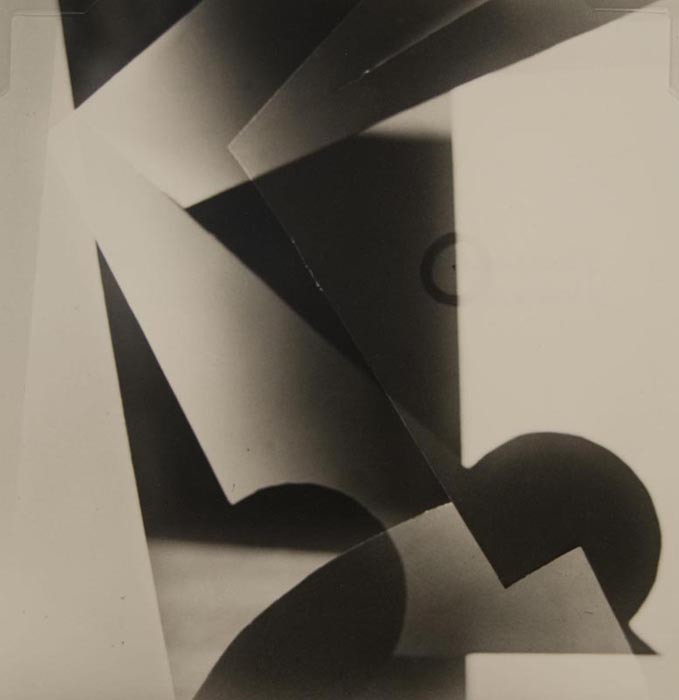 Formal connections between the works by artists represented in 50% Grey and those by key figures of Czech modernism were reinforced in the companion exhibition Recent Acquisitions of Czech Photography from the Baruch Foundation. Anne and Jacques Baruch opened a gallery in Chicago in 1967. The following year they went to Prague, initiating a life-long passion for and dedication to Czech art, despite political odds. Some 200 photographs were gifted to the Museum of Contemporary Photography, forty-four of which were on view, including works by Frantisek Drtikol, Josef Ehm, Emilia Medkova, Jaroslav Rossler, Jan Saudek and Josef Sudek, among others. Despite the art historical links suggested above, 50% Grey is not a portrait of national identity. Rather the exhibition places current Czech photography between past and present, as a means for engaging both artist and viewer in zones of productive flux.
Formal connections between the works by artists represented in 50% Grey and those by key figures of Czech modernism were reinforced in the companion exhibition Recent Acquisitions of Czech Photography from the Baruch Foundation. Anne and Jacques Baruch opened a gallery in Chicago in 1967. The following year they went to Prague, initiating a life-long passion for and dedication to Czech art, despite political odds. Some 200 photographs were gifted to the Museum of Contemporary Photography, forty-four of which were on view, including works by Frantisek Drtikol, Josef Ehm, Emilia Medkova, Jaroslav Rossler, Jan Saudek and Josef Sudek, among others. Despite the art historical links suggested above, 50% Grey is not a portrait of national identity. Rather the exhibition places current Czech photography between past and present, as a means for engaging both artist and viewer in zones of productive flux.

